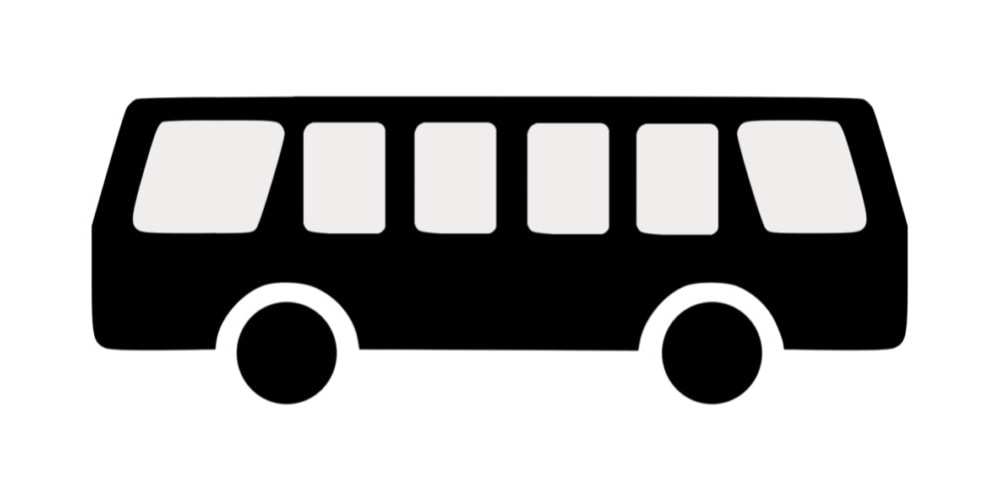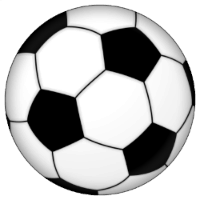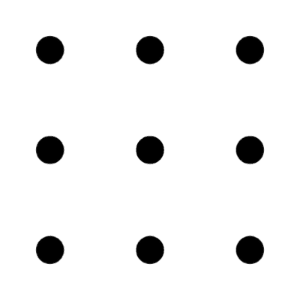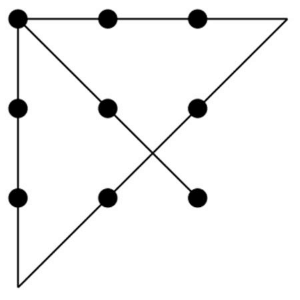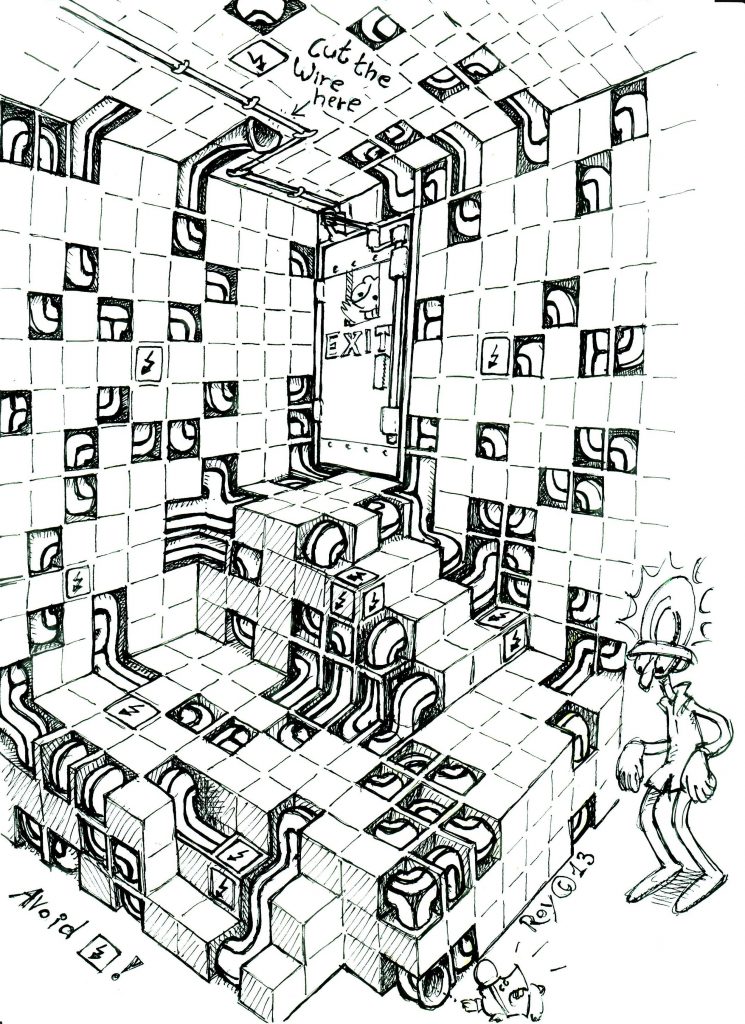Black and White
A boy draws 2015 unit squares on a piece of paper, all oriented the same way, possibly overlapping each other. Then the colors the resulting picture in black and white chess-wise, such that any area belonging to an even number of squares is painted white and any area belonging to an odd number of squares is painted black.
Prove that the total black area is at least one.
Draw a grid in the plane which is parallel to the sides of the squares. Then, take the content of each cell of the grid and translate it (move it) to some chosen unit square. The points in that unit square which are covered by odd number of black pieces color in black, the rest color in white. It is easy to see that after doing this, the entire unit square will be colored in black (each of the 2015 squares cover it once completely). This implies that the total black area is no less than 1.


